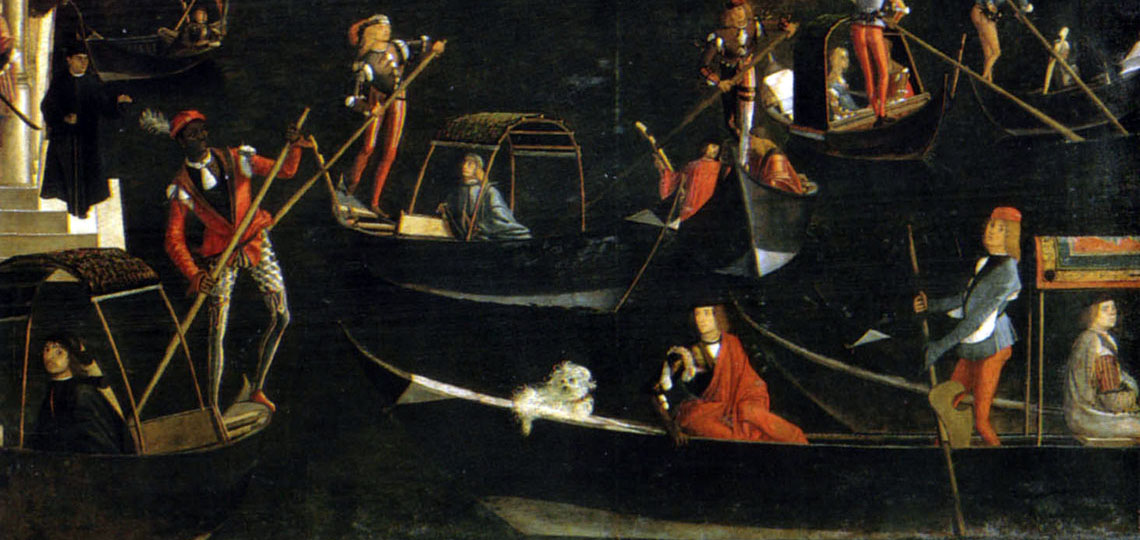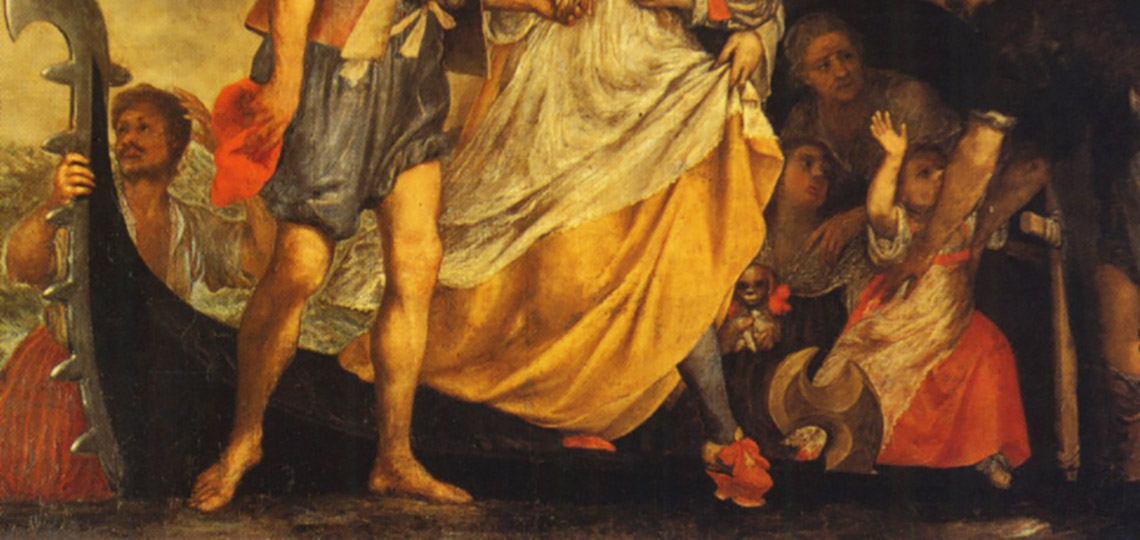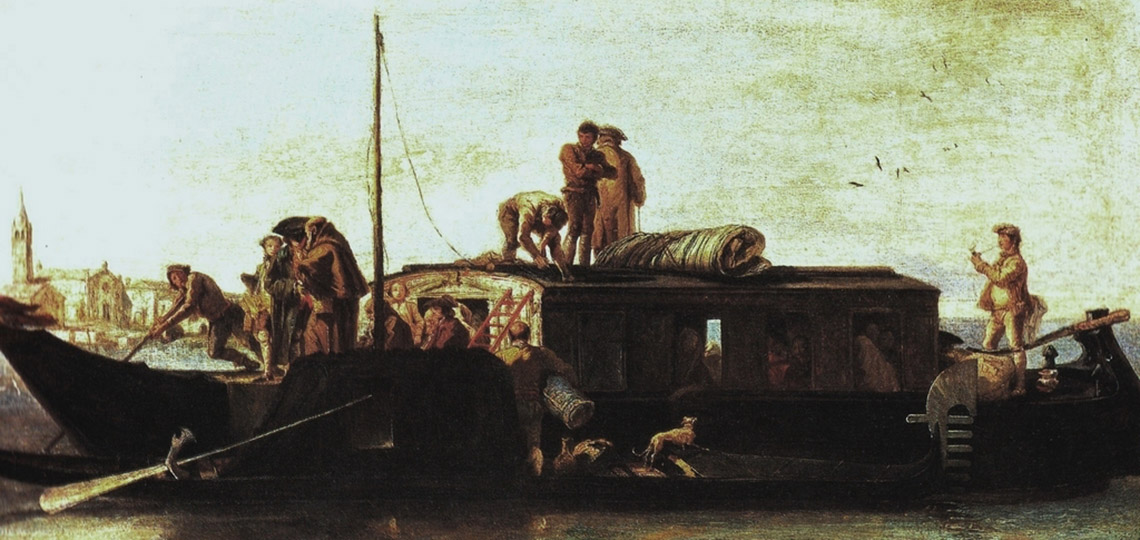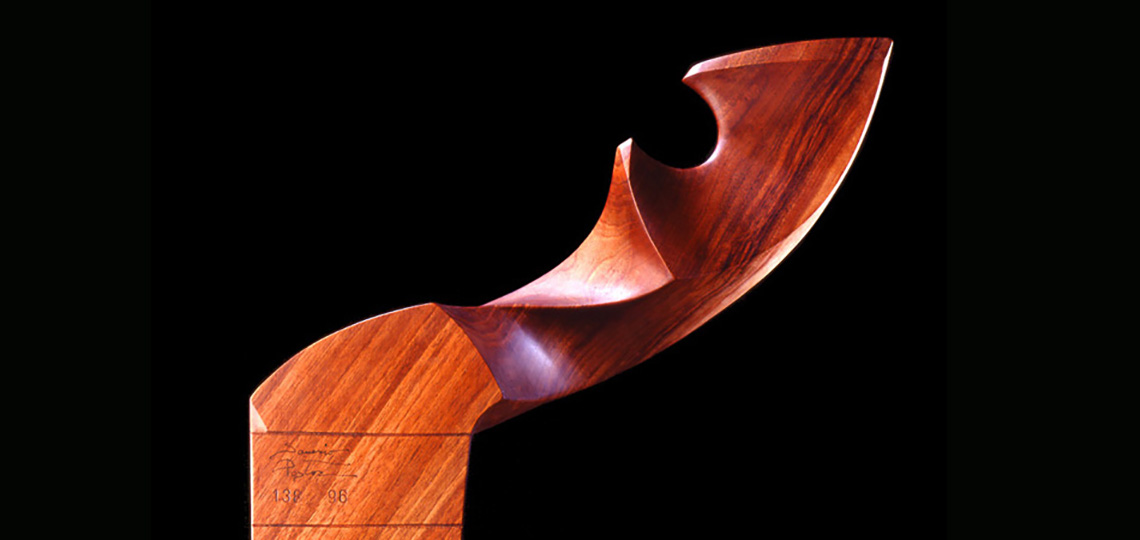Evolution of the fórcola

Le prime fórcole
Immagine: Vittore Carpaccio Miracolo della reliquia della Croce al ponte di Rialto (detail)
The craftsmen who made forcole were, and still are, the same who make oars: remèri. Their corporation was founded in 1307 and, as their name indicates, the construction of the thousands of oars required by the Serene Republic was considered more important than making fórcole. The latter were obtained from pieces of wood left over from boatbuilding and were very simple: in the XVI century the fórcola was a a flat board with one or two semicircular cuts (morsi) to support the oar.

Il XVII secolo
Immagine: Gerolamo Forabosco Salvataggio miracoloso (detail)
In the following century the fórcole, although remaining flat, began to increase in thickness and lean forwards, the thickness and sculptural form allowing the oar to be rowed more efficiently.

Il XVIII secolo
Immagine: Giandomenico Tiepolo Il burchiello
In the XVIII century we have the first testimony of the sanca: the sharp outward curve of the fórcola which greatly increases the maneuverability of the boat. The form becomes increasingly complicated and three-dimensional as it becomes the point of union between the boat and the ergonomic requirements of the oarsman.

Fórcola da regata
Immagine: Photo: Sergio Sutto
Today the principal resting point of the oar, the morso, is positioned so as to optimize rowing, whatever the shape of the boat. The organic form of the fórcola can 'reach out' so that the morso is moved away from the side of the boat thus increasing leverage and therefore propulsion. The evolution in rowing techniques means that the weight carried by the boat has shifted towards the bow, so now fórcole used for regattas 'stretch' forwards.